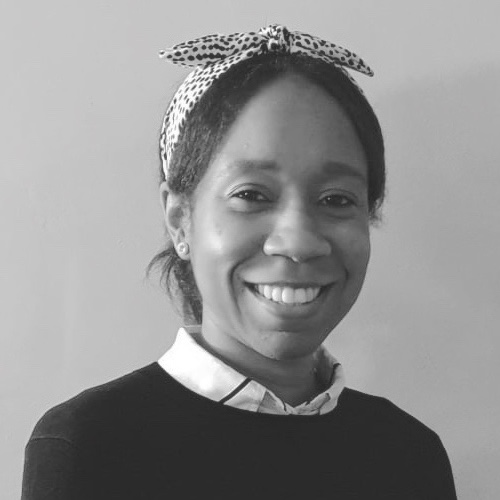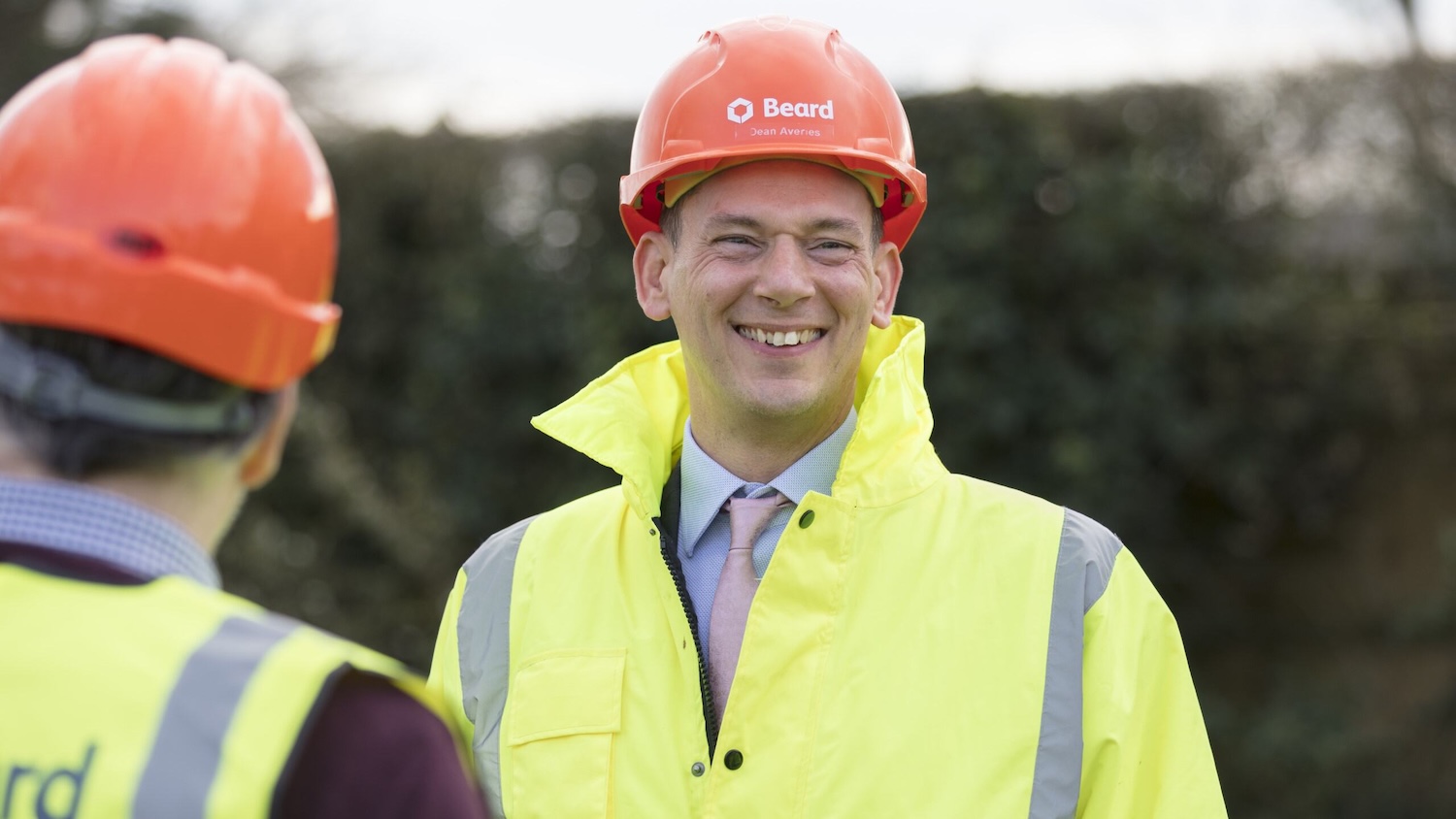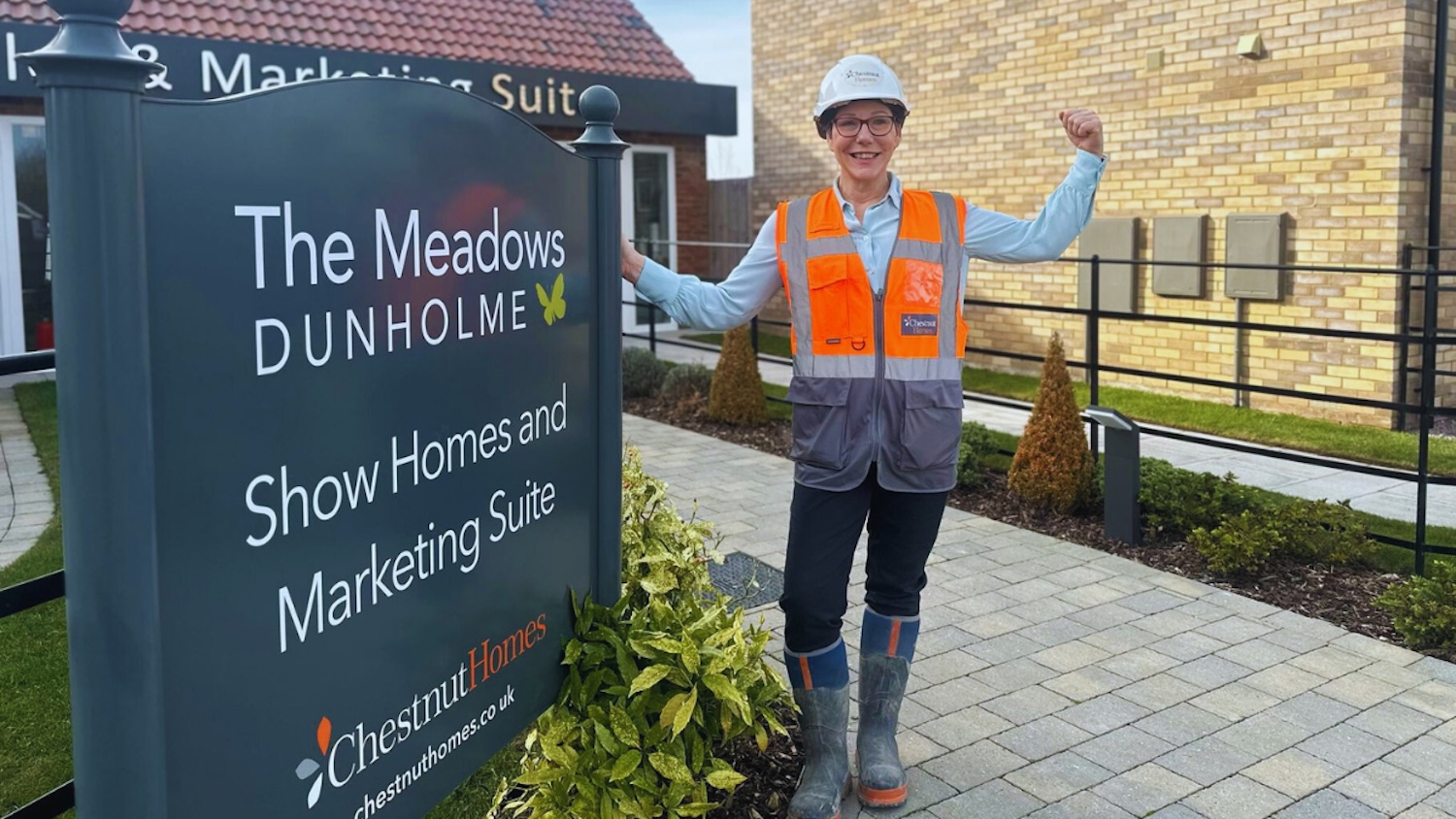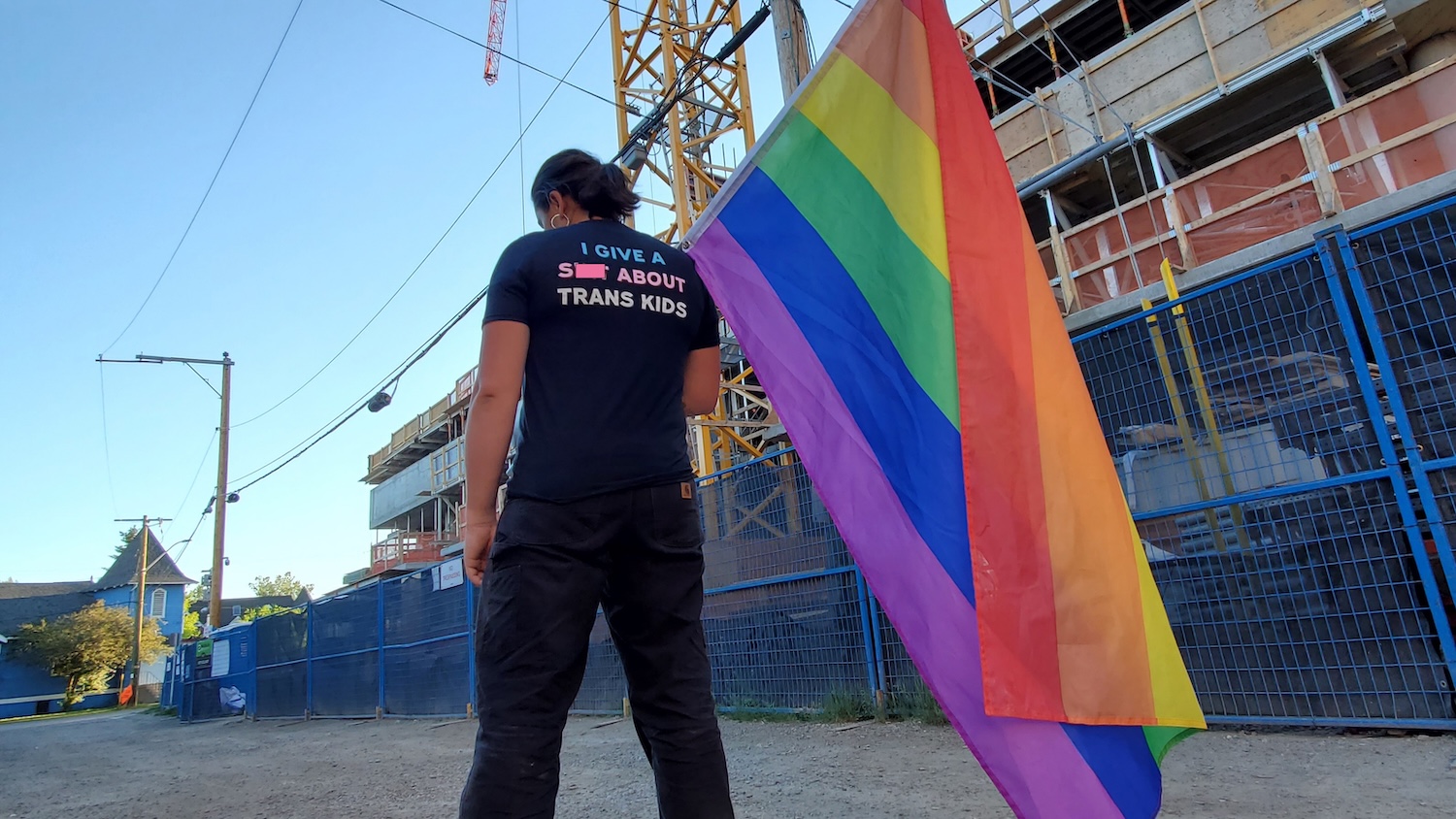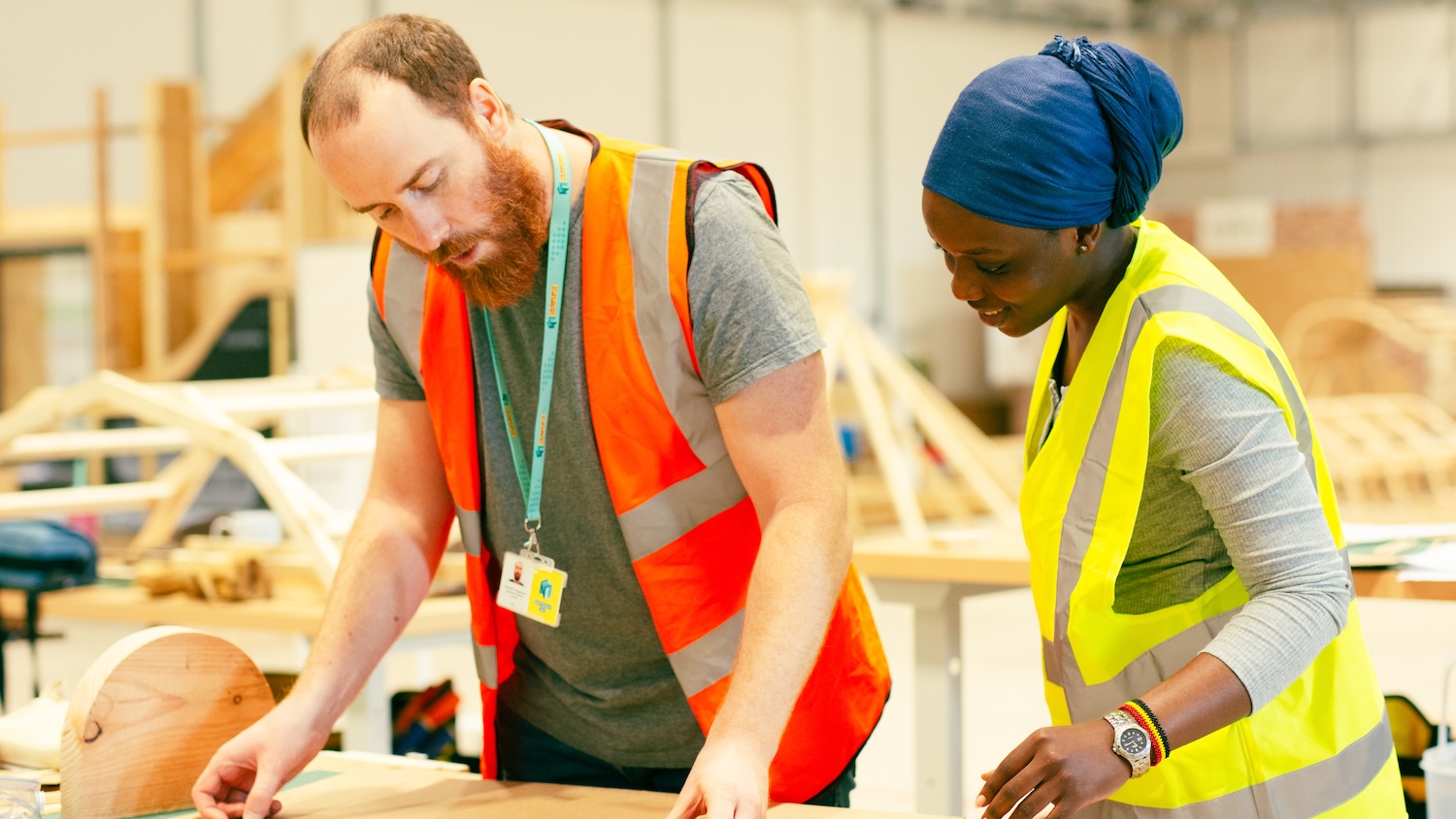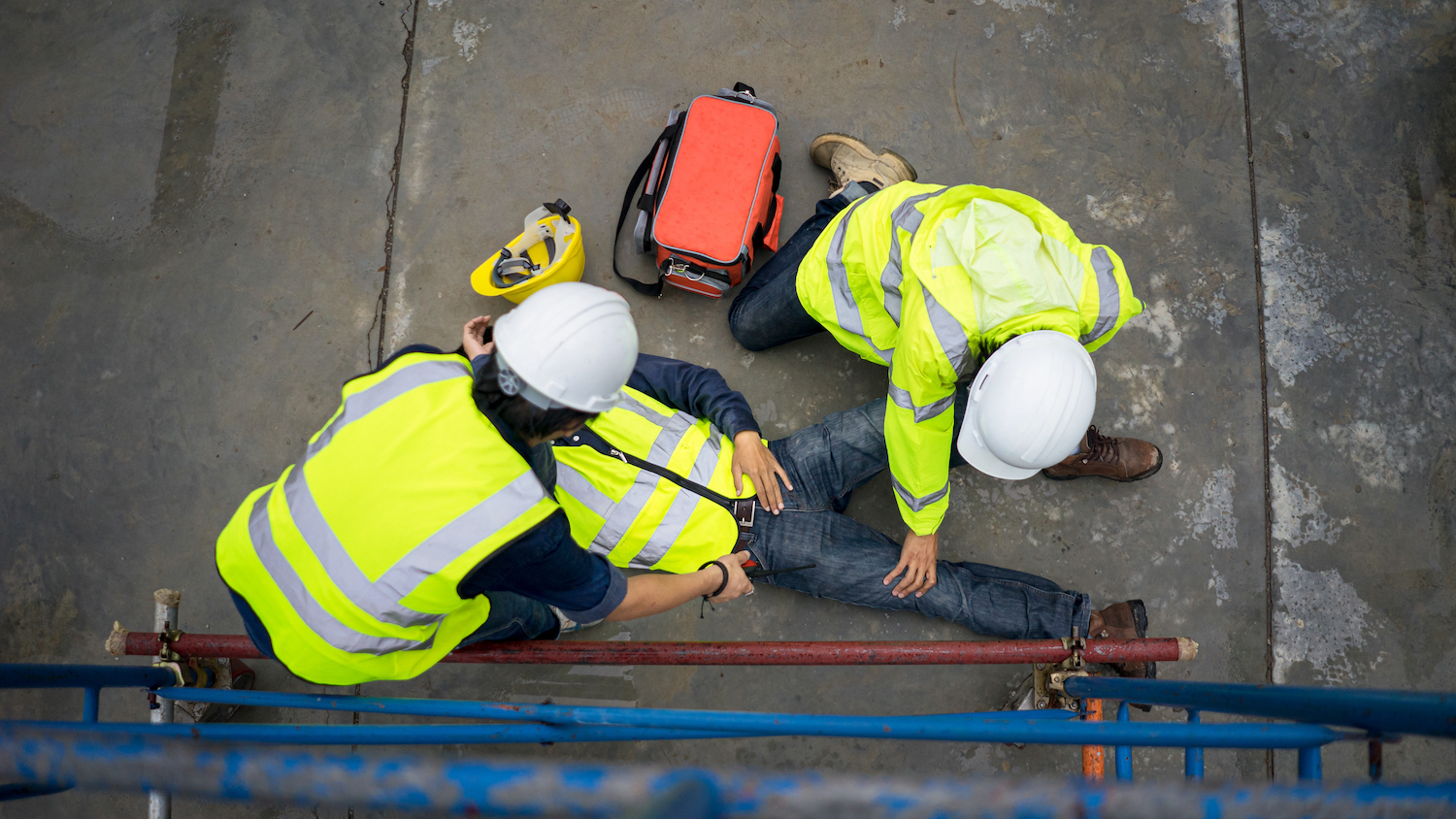
Why health and safety should be a value, not a priority
Aaron Hennessy, director at Douglas OHI and chair of the CIOB Oman hub, explains why the construction industry needs to bring health and safety “back to basics”
What are the weaknesses in the industry’s current approach to health and safety?
Aaron Hennessy (AH): Language is secondary; your action and your intent are first. The problem is that people say “safety first” and it has become a bit of a slogan.
People want to emphasise that they care, so they say it is a priority. But, in fact, priorities change. Safety should never be just one of many priorities.
When you think about it, your parents give you one of your first toolbox talks when they teach you how to cross the road.
And how do they do it? They describe the activity and then they show you what to do. Then they watch as you do it, give you feedback and discipline you if you’re not crossing the road safely.
We’re very much used to health and safety from a young age, but over the years we have branded it in such a way that the language can be misunderstood.
I think we should just bring it back to basics. Family values are something that everybody understands, regardless of culture, beliefs or background.
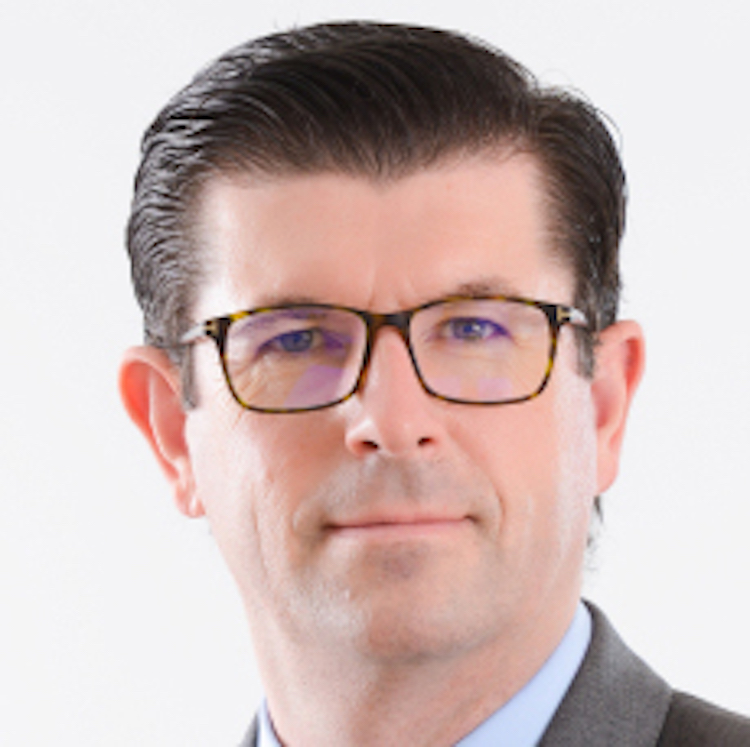
We need to find a way to communicate with each other in a way that is warmer. Not everything has to be a hard, cold instruction
Family values, at heart, are all about safety, working together, causing no harm and making sure everyone is included. So why should we change that and start calling our family values priorities?
We have to get out of the idea that we need to tell people what to do. The message that we convey can be too abrupt. Far too often, we give an instruction without really understanding how that person is actually going to do it.
These are tradespeople – they know what they’re doing. In terms of the language that we use, sometimes it’s a bit like Lego – there’s a block missing and we need to find it in order to make sure everything is connected.
We need to find a way to communicate with each other in a way that is warmer. Not everything has to be a hard, cold instruction.
You’ve touched on the importance of family values and the almost parental responsibility of leadership, but what about an individual’s responsibility? How important is it to ensure that health and safety is everyone’s responsibility, not just one person or department?
AH: Yes, but it all comes back to those family values. You have to figure out how to make that connection with your team, so they all know we’re in it together.
We work on three basic principles when it comes to health and safety: ABC, KMF and QE+.
ABC: always be closing. If there’s something open, close it. Whether it’s an open door, a chain or even an invoice, just close it.
KMF: keep moving forward. Don’t stand still, because people will pass you by. It could be your education or personal experience. Just be aware of what’s going on around you and keep moving forward.
QE+ is probably the most challenging. It’s about questioning everything positively. And that + is extremely important. I think it’s particularly important when you’re working across different cultures.
Asking questions in a calm and open way is vital. Our words as team leaders can have a huge impact on how someone is going to behave during the day. People who are relaxed and honest are safe, whereas people who are uptight and worried are unsafe.
What action would you like to see to help drive health and safety going forward?
AH: There is a lot of pressure placed on contractors in terms of project delivery. For example, information isn’t always available on time, but the client and the consultant expect that you’re going to make every effort to deliver and make up those time overruns.
There is always pressure from one of the stakeholders, or a supplier has let you down. One day you’ll have to react quickly, and the next day you have to wait. Then all of a sudden you have to bring loads of people in to finish the works.
I think there’s a conversation we should be having here to ensure that in the midst of that pressure and the stop-start of projects, safety isn’t lost.
We understand that a project has to be complete, and it will be completed, but it needs to be done correctly and safely. And safely is always the most efficient way of doing anything.
How does this apply when you’re working on a project and there are various teams on site? How difficult is it to maintain this approach across different supply chain relationships?
AH: We sit down with them, we go to their premises and we invite them to come to ours before we engage.
We want to see how they treat their people and will advise them if they need to make improvements. If they want to work with us, they have to make those improvements.
Our words as team leaders can have a huge impact on how someone is going to behave during the day. People who are relaxed and honest are safe, whereas people who are uptight and worried are unsafe
The burden is on them to make those positive changes. If they’re willing, then we are willing to work with them. If not, then we don’t want to work with them.
It’s the same with our clients. We don’t work with clients who don’t appreciate safety. I believe more people should say no when it’s appropriate to say no.
If an employee is injured and unable to come to work tomorrow, we’re going to have a big problem. So we should be looking after them. We should be doing the right thing.
When you have that approach, you can do much more work. When your team is behind you, they know that they are part of a team. Then, if a challenge arises, they are there to support.
That goes back to your earlier comment about being one family, where everyone knows their safety and wellbeing is valued.
AH: Absolutely. We have been behaving like this for a number of years. Personally, I’m quite surprised that some people are only just learning what wellbeing means. The industry has a lot to do in order to catch up.
It is interesting that the buzzword for a lot of people at the moment is ‘sustainability’. Well, if you look after the wellbeing and safety of your team, then you’re going to have a sustainable business. People will want to work for you. Clients will want you on their site delivering their projects. It’s a win-win situation – you just can’t lose.

